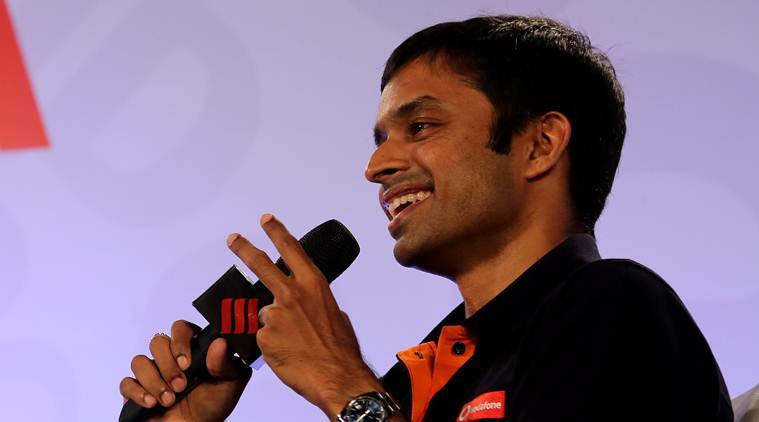The 46-year-old, a former world no 5 who became only the second Indian (after Prakash Padukone) to win the prestigious All England Championships in 2001, has had a telling impact on Indian badminton.
Pullela Gopichand has an ever-so-slight smile on his face as he pauses and allows himself a moment – a moment of reflection. About a half-hour earlier, Indian badminton’s national coach spoke about how he found a winning formula at a time when his body could not support his playing career.
It was a formula he swore to impart on a set of youngsters who would then go on to become some of the biggest names in the world sport. One of them got ever so close to becoming only the second Indian to win an individual gold medallist at the Olympics, in Rio 2016. But the question that puts Gopichand in a pensive mood is what’s changed since that historic match in Brazil. And the Dronacharya Award winner is not quite pleased.
“Now things are different. In 2008 onwards, the initial years, I was the coach, the physio, the manager, I was everything,” he says. “Today there is a physio, there is a manager, there is a masseur, international coaches, someone for strength and conditioning… there are some 10 people. Now if I look at (the players) they will say, ‘sir, my physio said this, my strength and conditioning guy said this…’ So now I’m two steps back.”
The 46-year-old, a former world no 5 who became only the second Indian (after Prakash Padukone) to win the prestigious All England Championships in 2001, has had a telling impact on Indian badminton.
With the emergence of his ward Saina Nehwal, a new and successful chapter had started for Indian badminton. Nehwal, who won India’s first ever Olympic medal in badminton by winning bronze at London 2012, became the first Indian woman to become world no 1, Kidambi Srikanth became the first Indian man since Padukone (1980) to reach the top spot in 38 years, PV Sindhu won silver in women’s singles at Rio 2016 and also became the first ever Indian to win gold at the World Championships.
Presently, there are three men’s singles players, two in the women’s singles event, and one men’s doubles pair ranked in the top 25. And Gopichand has been close at hand to witness it all. But he laments that the way the sport has grown that has not allowed a stable structure to exist.
“Indian badminton needs a structure. Earlier, I was the structure. Everything had to go through me,” Gopichand says, on the side-line of a Badminton Gurukul event. “Now Sindhu has a strength and conditioning coach, she has a physio, she has a masseur, she has a manager, she has parents… She’s surrounded. In 2016, the pressure was mine. What she eats, what she drinks, where she goes, that was all my decision. What Saina did was my decision. But now Saina has (her own support team). So everytime I ask them about something, ‘sir my physio is saying this…’ We are actually dealing with another ecosystem. I have one thought process, someone else has another. So I say this is my formula, the player has their own formula. We need a little more organisation to set up a structure.”
For a while, Gopichand was where badminton coaching started and finished in India. And he’s proven his ability to produce world beating players, just like some of his foreign peers who are now dominant coaches. It’s a goal he continues to strive towards even today, but he cannot help shake the feeling that he’s steadily losing grip of being the one in charge of that conveyor belt of top-notch shuttlers.
“This is now too big for Gopichand to manage. You have a Park Joo-Bong for Japan, Li Yongbo for China, where they are the supreme authority and nobody questions them. But in India it’s different,” he adds, just as that smile fades.
For all the latest Sports News, download Indian Express App
Source: Read Full Article





